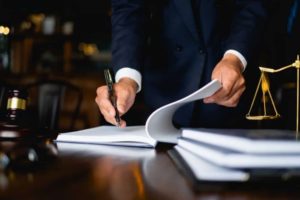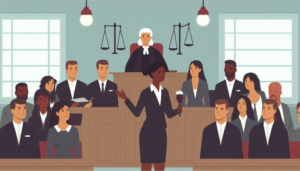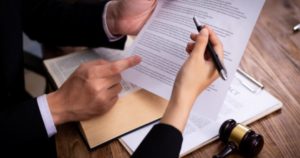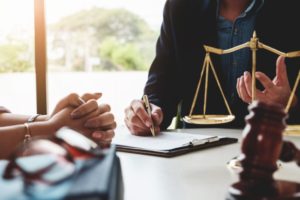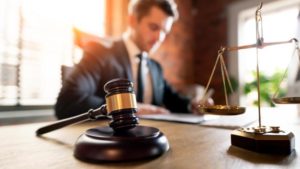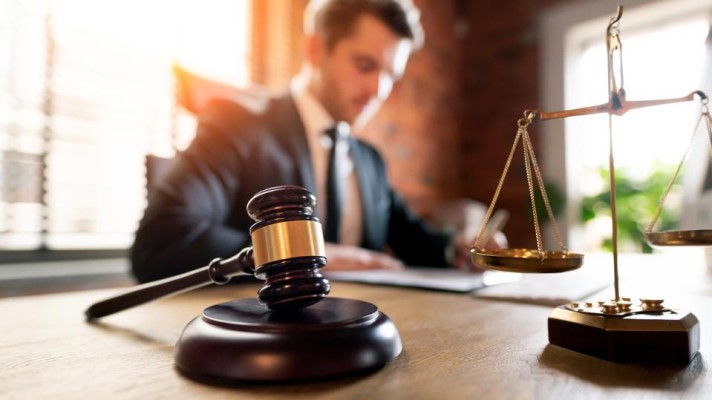
Discover essential insights on proving negligence in slip and fall cases. Learn about liability, evidence, and legal considerations to strengthen your case.
Slip and fall accidents can happen anywhere, from a grocery store to a neighbor’s porch. When such incidents occur, understanding how to prove negligence is crucial for seeking compensation and ensuring accountability. In this comprehensive guide, we delve into the nuances of proving negligence in slip and fall cases, equipping you with the knowledge needed to navigate these situations confidently.
Understanding Negligence
Defining Negligence
Negligence, in legal terms, refers to the failure to exercise reasonable care, resulting in harm to another person. In slip and fall cases, negligence typically involves a property owner or occupier failing to maintain safe conditions, leading to an accident.
Elements of Negligence
To establish negligence in a slip and fall case, four key elements must be proven:
- Duty of Care: The property owner or occupier owed a duty to ensure the safety of visitors.
- Breach of Duty: There was a breach in fulfilling this duty, such as failure to address hazards.
- Causation: The breach of duty directly caused the slip and fall accident.
- Damages: The victim suffered damages, such as injuries or financial losses, due to the accident.
Proving Liability
Assessing Property Owner Responsibility
Property owners have a legal obligation to maintain safe premises for visitors. This responsibility extends to regularly inspecting the property, addressing hazards promptly, and providing adequate warnings when dangers exist.
Gathering Evidence
To strengthen a slip and fall case, thorough documentation of the accident scene and injuries is essential. Evidence may include photographs, witness statements, incident reports, and medical records, providing compelling support for the claim.
Legal Considerations
Statute of Limitations
It’s crucial to be aware of the statute of limitations, which sets the timeframe within which a legal action must be filed. Missing this deadline could result in forfeiture of the right to pursue compensation.
Comparative Negligence
In some cases, the injured party’s own negligence may impact their ability to recover damages. Understanding comparative negligence laws in your jurisdiction is vital, as they determine the degree to which compensation may be reduced based on the victim’s fault.
Seeking Legal Guidance
Importance of Legal Representation
Navigating the legal complexities of slip and fall cases can be challenging alone. Consulting with a knowledgeable personal injury attorney can provide invaluable guidance, ensuring your rights are protected and maximizing the likelihood of a favorable outcome.
Evaluating Settlement Offers
Before accepting any settlement offers from insurance companies or liable parties, it’s essential to consult with legal counsel. Experienced attorneys can assess the adequacy of the offer and negotiate on your behalf to secure fair compensation.
Frequently Asked Questions
What should I do immediately after a slip and fall accident?
After a slip and fall accident, prioritize your safety and seek medical attention if necessary. Document the scene, including any hazards or conditions that contributed to the fall. Notify the property owner or manager and request an incident report.
How long do I have to file a slip and fall lawsuit?
The statute of limitations for filing a slip and fall lawsuit varies by jurisdiction. In most cases, it ranges from one to three years from the date of the accident. It’s crucial to consult with a personal injury attorney promptly to ensure compliance with the applicable deadline.
Can I still pursue compensation if I was partially at fault for the accident?
Yes, you may still be eligible for compensation even if you bear some responsibility for the accident. However, your recovery amount may be reduced based on the degree of your fault, as determined by comparative negligence laws.
What types of damages can I seek in a slip and fall case?
Victims of slip and fall accidents may seek various types of damages, including medical expenses, lost wages, pain and suffering, and property damage. An experienced attorney can assess your case’s specifics and pursue appropriate compensation on your behalf.
How long does it take to resolve a slip and fall case?
The duration of slip and fall case resolution varies depending on factors such as the complexity of the case, extent of injuries, and legal proceedings involved. While some cases may settle relatively quickly, others may require litigation and can take months or even years to conclude.
Is it necessary to hire an attorney for a slip and fall case?
While legal representation is not mandatory for pursuing a slip and fall claim, it’s highly advisable due to the complexities involved. A skilled attorney can navigate legal procedures, gather evidence, negotiate with insurers, and advocate for your best interests, increasing the likelihood of a favorable outcome.
Conclusion
Navigating the process of proving negligence in slip and fall cases requires a thorough understanding of legal principles, diligent evidence collection, and strategic decision-making. By following the guidance outlined in this article, individuals involved in slip and fall accidents can empower themselves to pursue justice, seek fair compensation, and hold responsible parties accountable for their actions.

